Reflection and refraction are more than just chapters in your physics textbook-they are the guiding principles behind how we see the world around us. From checking yourself in a mirror to wearing glasses, from capturing memories with a camera to watching colorful rainbows, these phenomena dictate how light behaves. Understanding them not only deepens your knowledge of science but also helps you connect textbook theory with real-world events.
In this guide, we’ll explore the most common and fascinating real-life examples of reflection and refraction. You’ll discover how mirrors and lenses work, how everyday devices utilize these principles, and how natural phenomena like mirages and rainbows are explained using simple light behavior. This blog will also help you appreciate the wide-ranging applications in fields like medicine, communication, and photography.
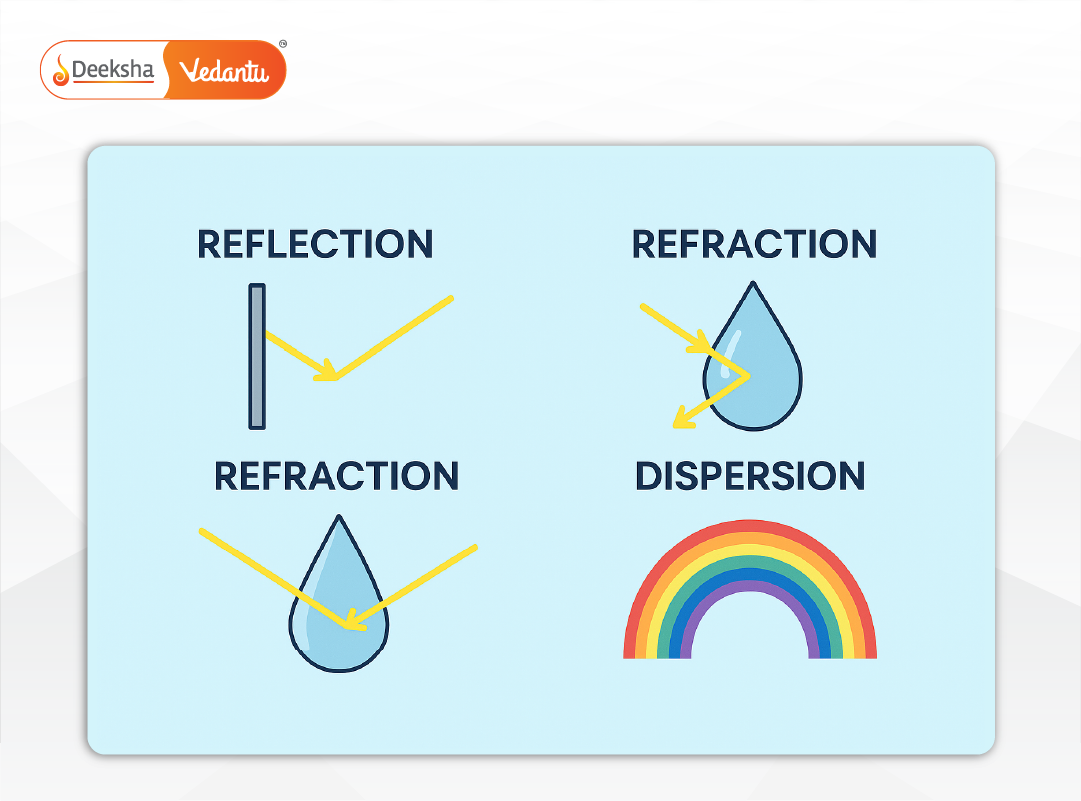
What Is Reflection of Light?
Reflection refers to the phenomenon where light bounces back after hitting a surface that it cannot penetrate. This could be a smooth surface like a mirror or a rough surface like a wall. The laws of reflection help us understand how images are formed, and they have numerous uses in daily life and science.
- Plane Mirror: Produces upright, laterally inverted images that are the same size as the object. These are commonly found in households and dressing rooms.
- Curved Mirrors: These include concave and convex mirrors. Concave mirrors can focus light and are used in headlights and solar furnaces, while convex mirrors provide a wider view and are used in vehicle side mirrors.
Read More: Reflection of Light
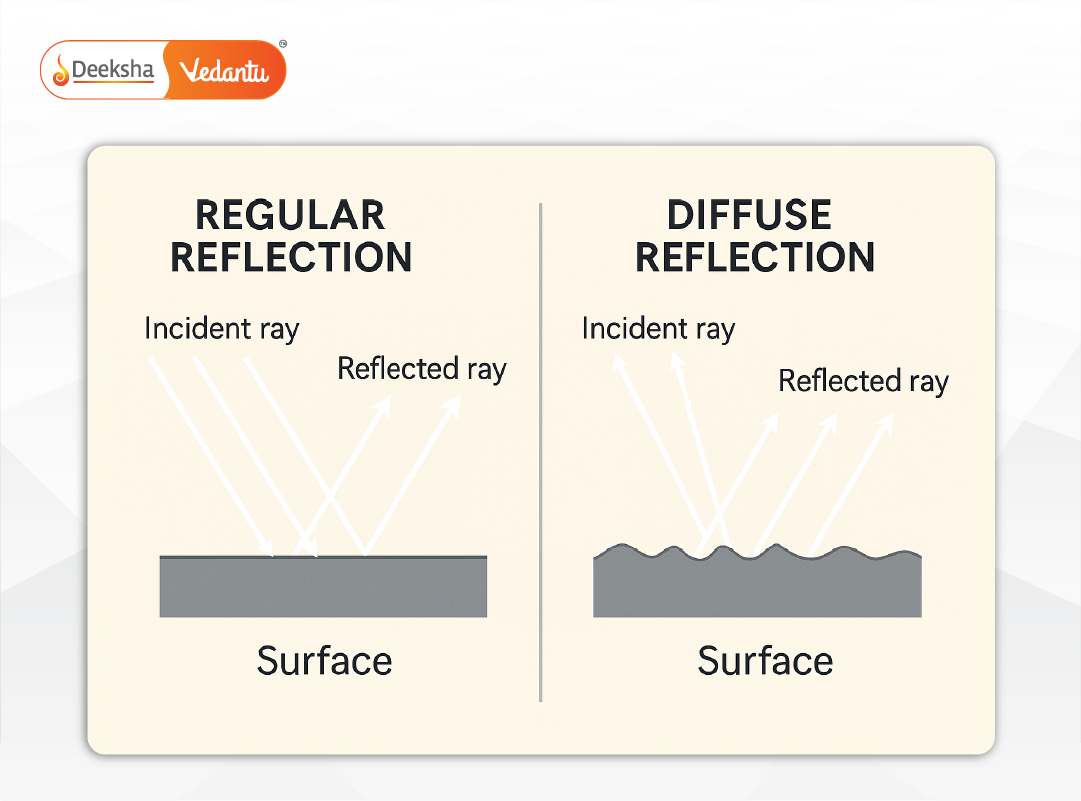
What Is Refraction of Light?
Refraction is the bending of light when it passes from one medium to another, like from air to water or from glass to air. This bending happens because the speed of light changes in different media. Refraction helps explain a wide range of optical illusions and practical effects.
Common examples include:
- A pencil submerged in a glass of water appears bent at the surface.
- Lenses in glasses refract light to adjust the focal point onto the retina, correcting vision.
- Light rays bend when passing through a prism, leading to dispersion into the spectrum of colors.

Common Real-Life Applications
1. Mirrors in Daily Life
Mirrors rely on the law of reflection and have various everyday uses:
- Bathroom Mirrors: Standard plane mirrors for grooming, brushing, and applying makeup.
- Car Side Mirrors: Convex mirrors are used to provide a broader field of vision, reducing blind spots.
- Solar Cookers: Use large concave mirrors to concentrate sunlight at a focal point, generating heat for cooking.
Mirrors also find application in high-end scientific setups like telescopes, where concave mirrors help collect and focus light from distant stars.
Explore: Concave and Convex Mirrors
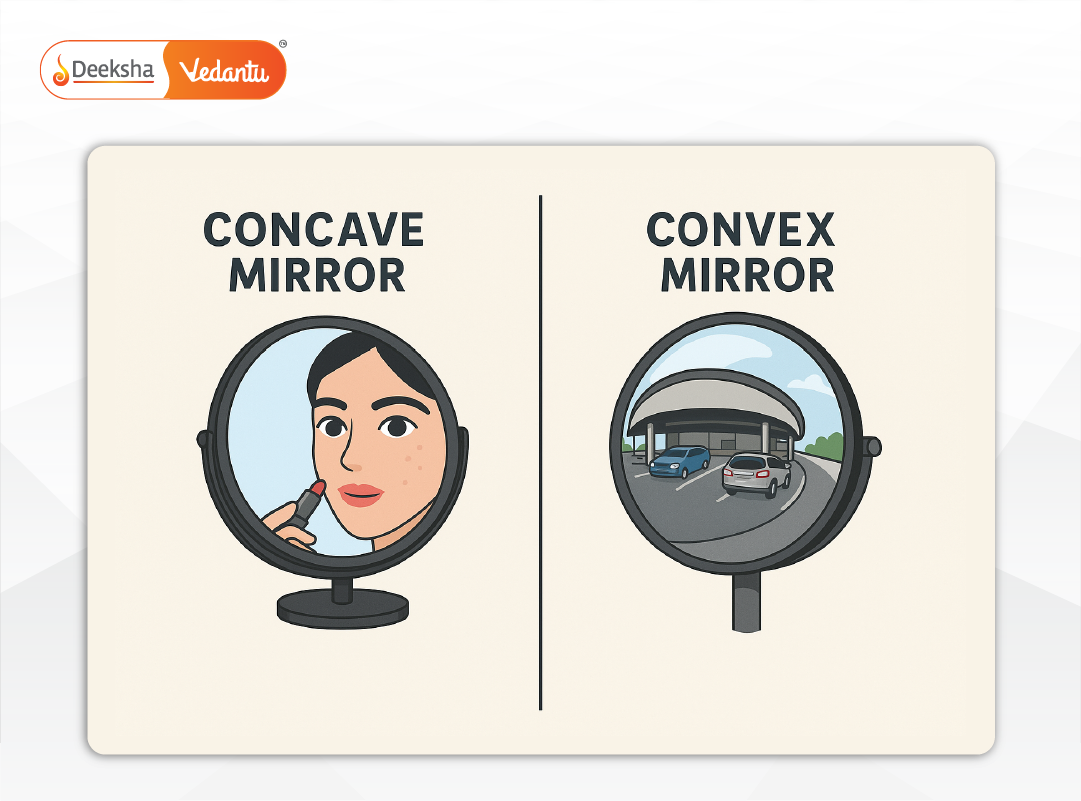
2. Spectacles and Optical Lenses
Lenses work on the principle of refraction and are part of many optical devices:
- Convex Lenses: Used in magnifying glasses, cameras, and to correct hyperopia (farsightedness).
- Concave Lenses: Used in peepholes and to correct myopia (nearsightedness).
- Contact Lenses and Binoculars: Advanced optical systems use a combination of concave and convex lenses to produce clear, magnified images.
These devices help in clear vision, zoomed-in viewing, and even medical examinations.
Understand: Refraction of Light Through a Prism
Lenses make use of precise control over the angle and direction of refracted rays, enabling technological breakthroughs in fields like microscopy and cinematography.
Natural Phenomena Based on Reflection and Refraction
1. Rainbows
Rainbows are an incredible natural display caused by the combined effects of refraction, internal reflection, and dispersion of sunlight through raindrops. Each droplet acts as a tiny prism.
Explore: Dispersion of Light by Prism
2. Mirages
On hot roads, layers of air at different temperatures bend light rays in unusual ways, creating the illusion of water. This is an example of atmospheric refraction.
3. Blue Sky and Red Sunsets
Due to the scattering of light, shorter wavelengths like blue scatter more, giving the sky its color. During sunset, the light passes through more atmosphere, scattering the blue and allowing red and orange to dominate.
Learn More: Scattering of Light
These phenomena not only beautify the natural world but also reinforce core physics concepts.

Technological Applications
1. Optical Instruments
Optical instruments like microscopes and telescopes heavily rely on a mix of reflection and refraction.
- Microscopes: Use multiple convex lenses to magnify small specimens, enabling breakthroughs in biology and medicine.
- Telescopes: Use concave mirrors and lenses to observe far-off stars and galaxies, advancing our understanding of space.
2. Fiber Optic Communication
Fiber optic cables use total internal reflection to transmit light signals across long distances with minimal loss. This technology is the backbone of the internet, cable TV, and modern communication.
3. Cameras, Projectors, and Lasers
- Cameras: Use lenses to focus light onto a sensor or film.
- Projectors: Rely on carefully positioned lenses and mirrors to magnify and project images.
- Lasers: Employ reflective and refractive optics for precision in surgery, manufacturing, and communication.
4. Navigation and Automotive Tech
- Periscopes: Use mirrors arranged at 45° angles to enable vision around obstacles.
- Rear-view and Blind-Spot Mirrors: Improve driving safety through intelligent use of convex surfaces.
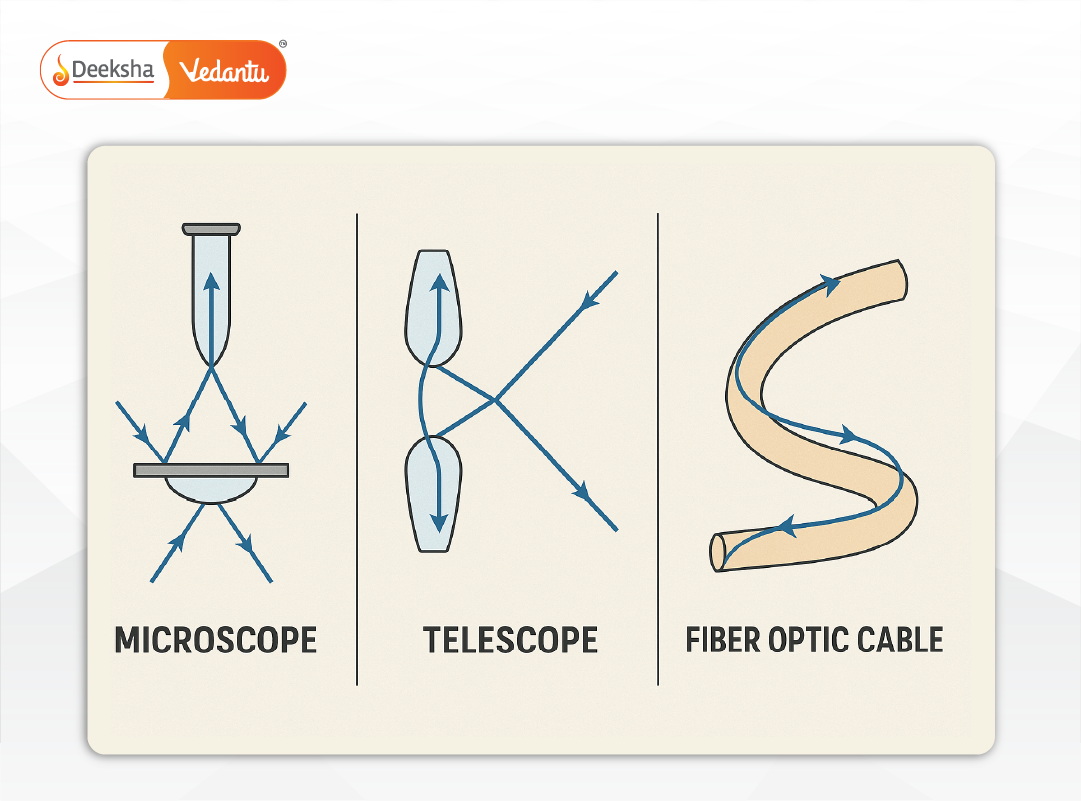
Reflection vs. Refraction: Key Differences
| Property | Reflection | Refraction |
| Definition | Bouncing of light | Bending of light as it passes media |
| Surface | Happens at opaque or reflective surfaces | Occurs at the boundary between two media |
| Directional Behavior | Angle of incidence = angle of reflection | Angle changes based on refractive index |
| Common Examples | Mirrors, shiny surfaces | Lenses, water, glass prisms |
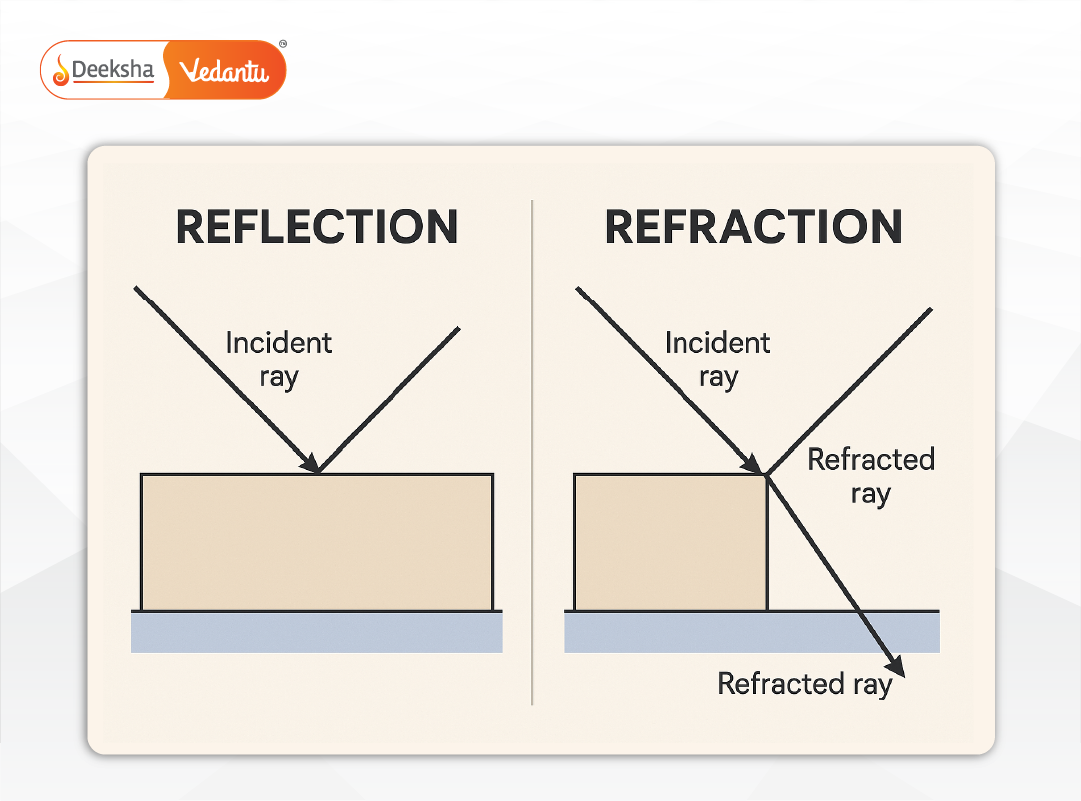
FAQs: Real-Life Applications of Reflection and Refraction
1. What are some common reflection and refraction examples?
Using a mirror, putting on glasses, watching a rainbow, or looking through water-all are everyday examples involving these phenomena.
2. What are the uses of mirrors in real life?
Mirrors are used in vehicles, homes, solar devices, periscopes, telescopes, and even in some lasers.
3. How are lenses used in daily applications?
Lenses are essential for vision correction, scientific analysis (microscopes), entertainment (projectors), and photography.
4. What are real-life examples of light behavior?
Rainbows, mirages, twinkling of stars, underwater illusions, and optical instruments showcase light’s interaction with matter.
5. Are there devices that use both reflection and refraction?
Yes, devices like telescopes, microscopes, and binoculars incorporate both principles for efficient light manipulation.
Conclusion
Reflection and refraction are the silent architects of how we perceive and manipulate light. Whether it’s grooming in front of a mirror, gazing at a rainbow, surfing the internet through fiber optics, or peering through a microscope, these principles are deeply embedded in our daily routines.
By understanding how light behaves at different surfaces and media, students can unlock a greater appreciation of both nature and technology. The more you explore these phenomena, the better prepared you’ll be to grasp advanced physics topics and apply them meaningfully.
Explore deeper with Deeksha’s expert modules on optics, lenses, scattering, and light behavior, and solidify your foundation for academic and real-world success.
Table of Contents


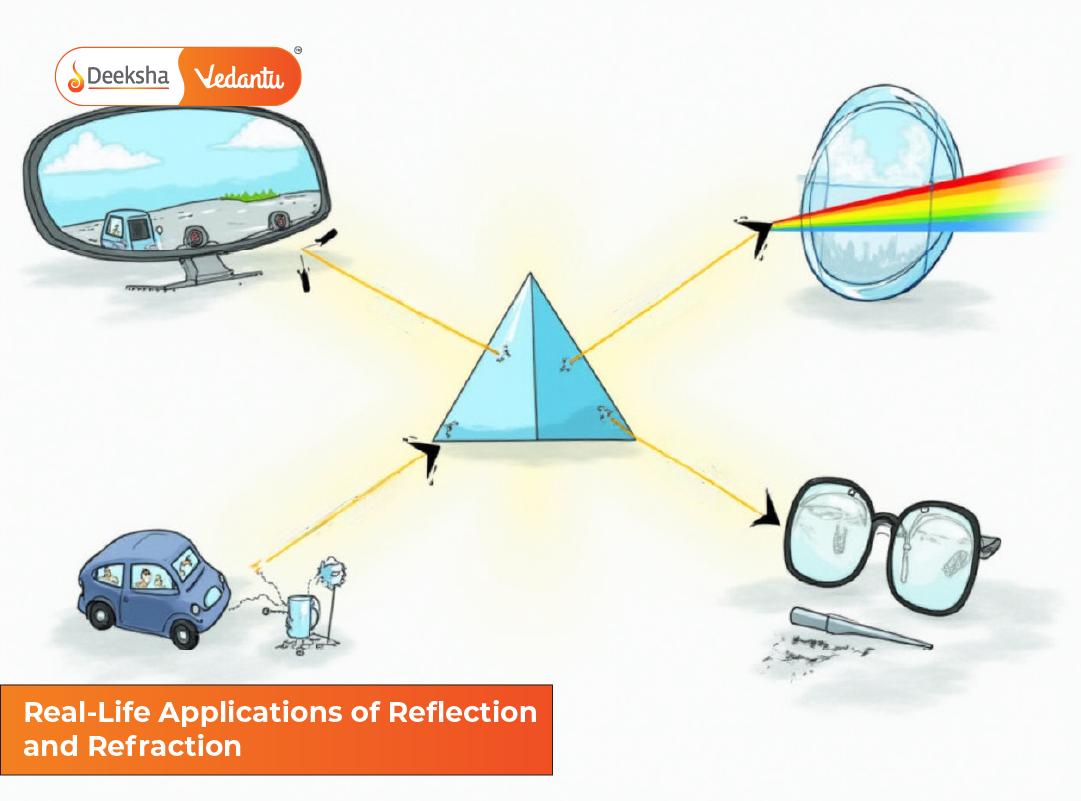


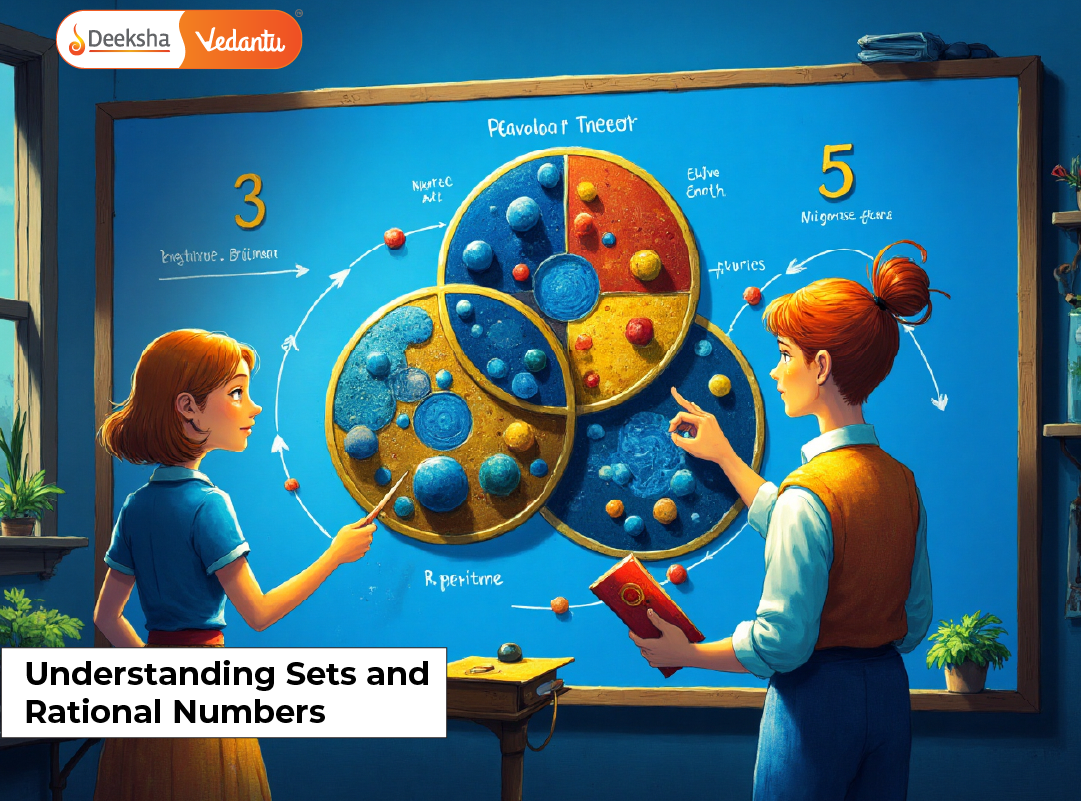

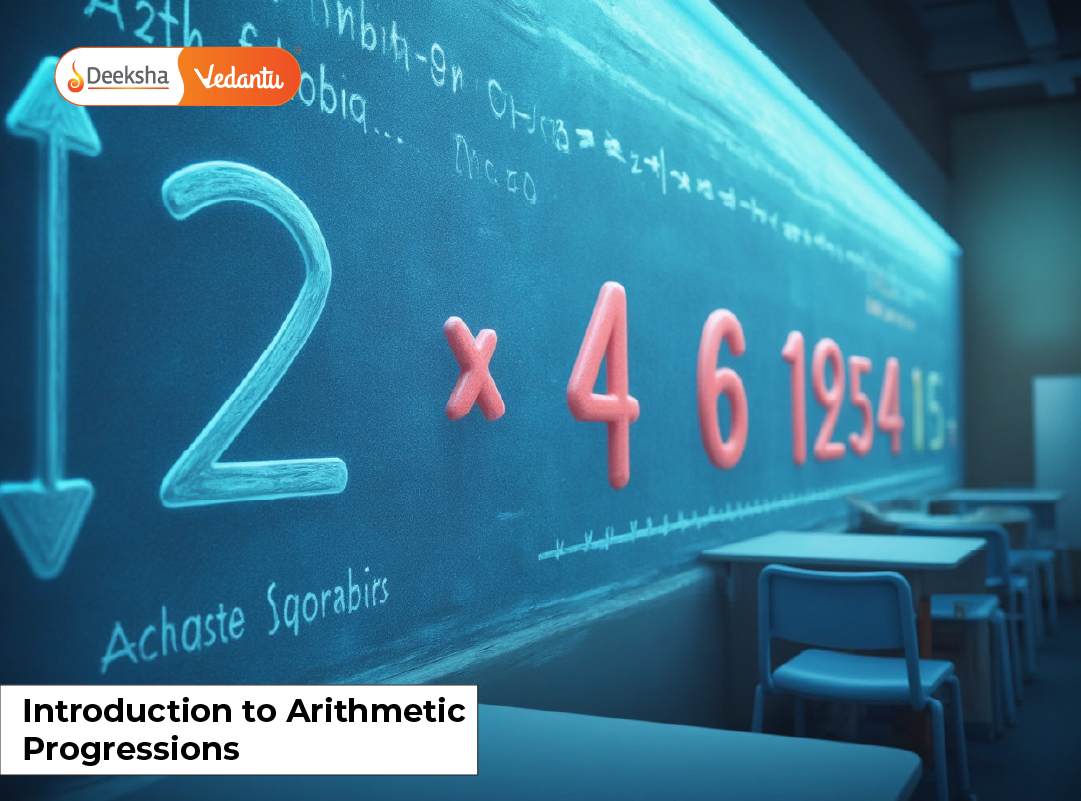
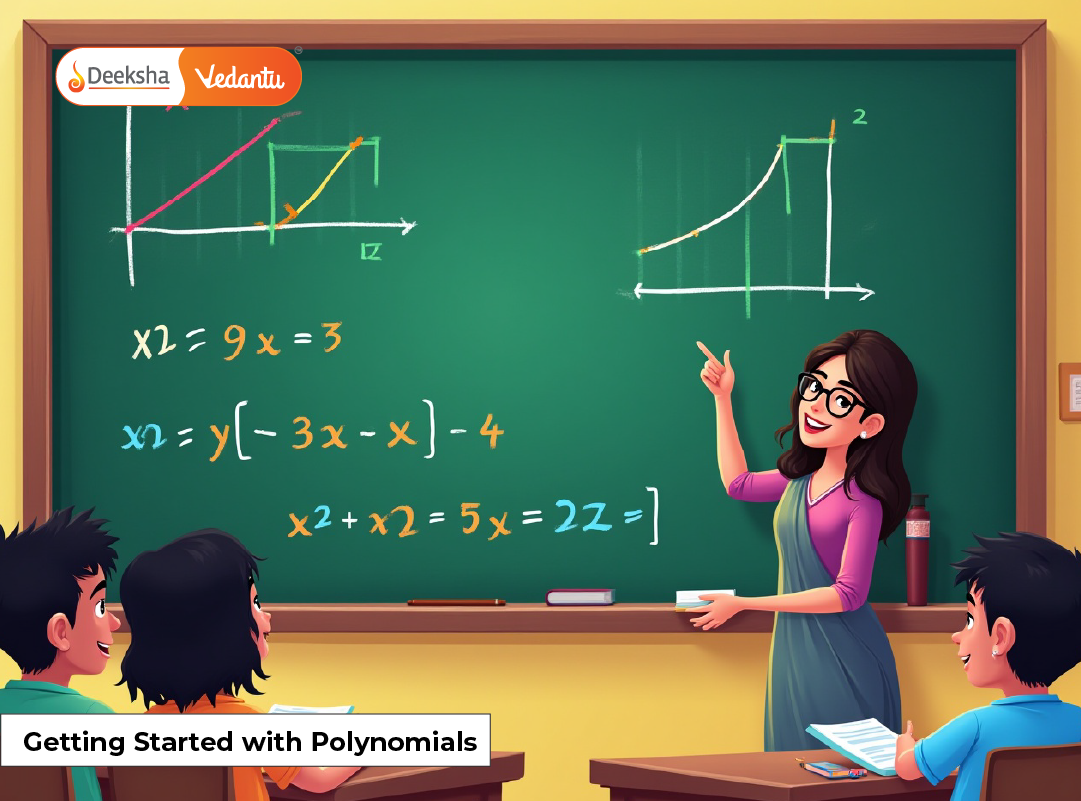
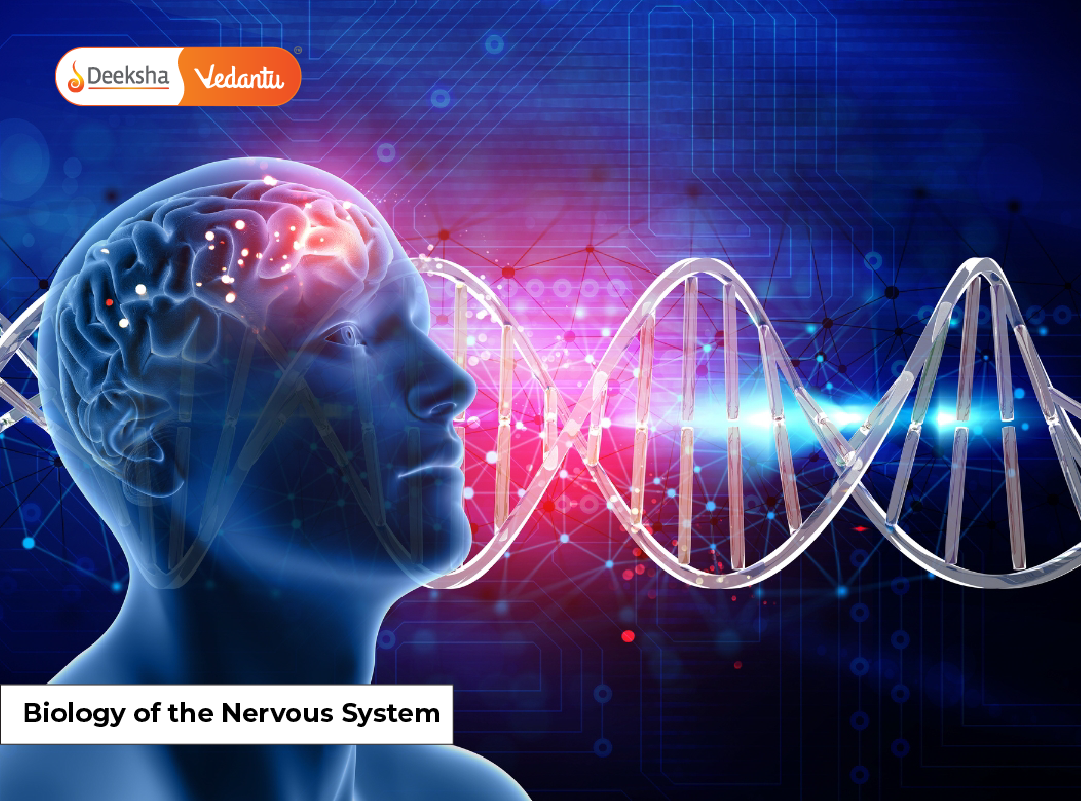
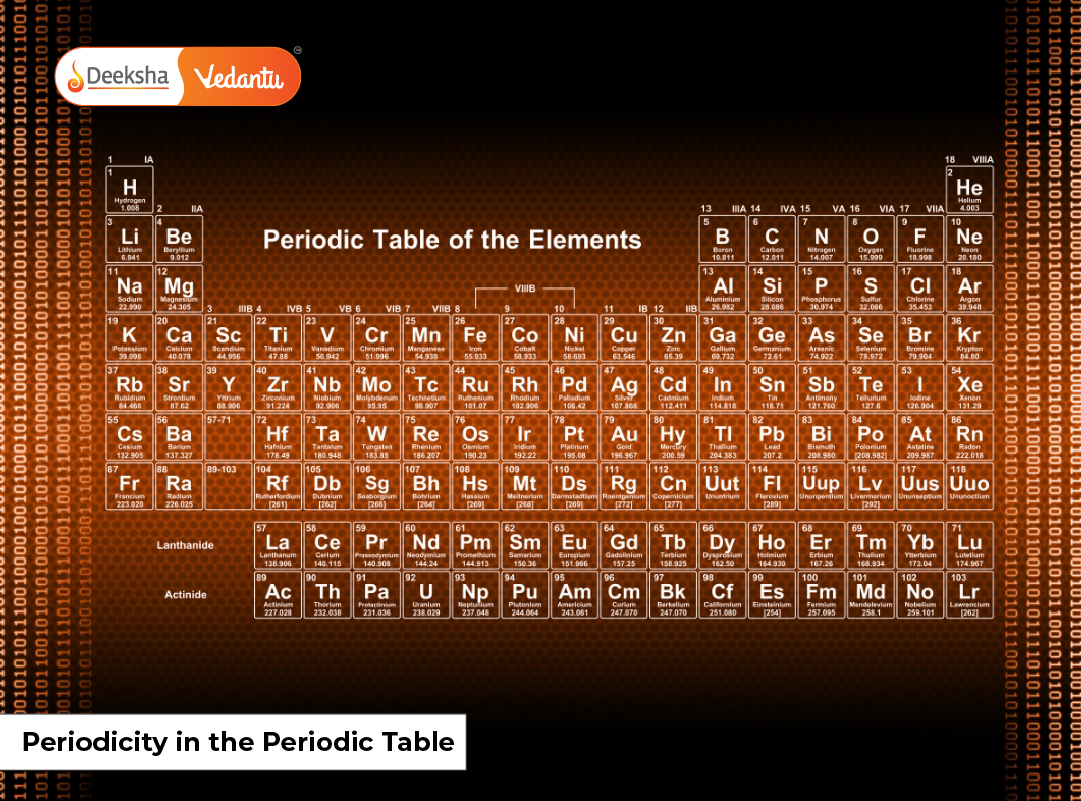



Get Social